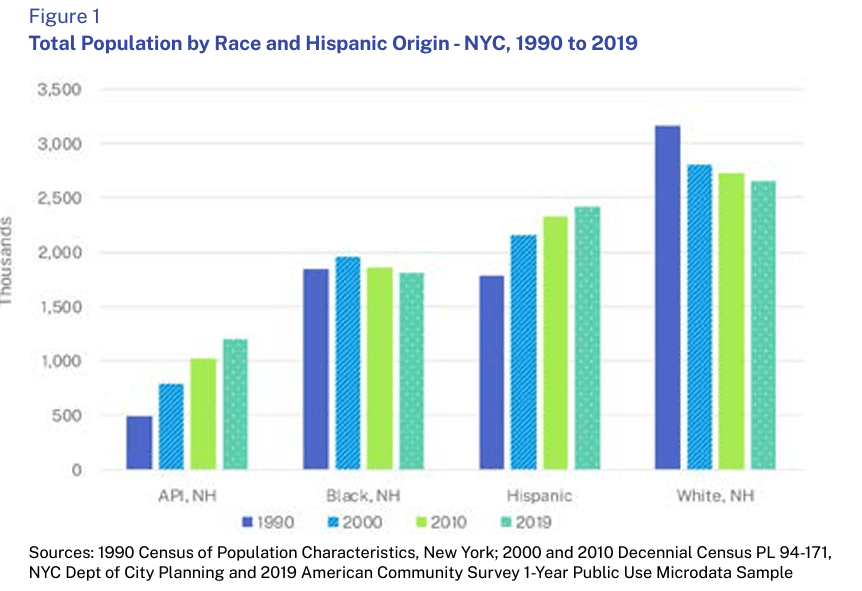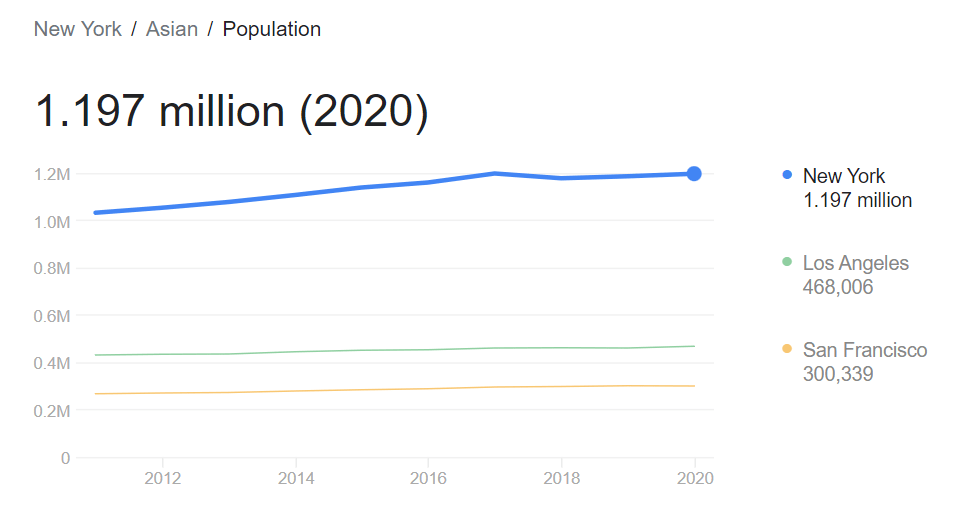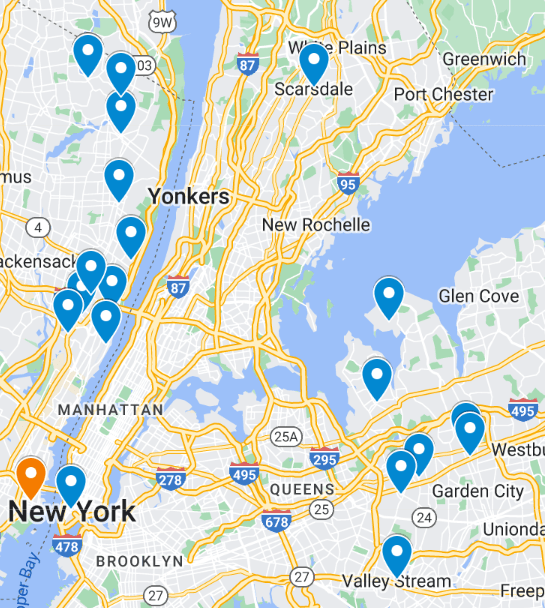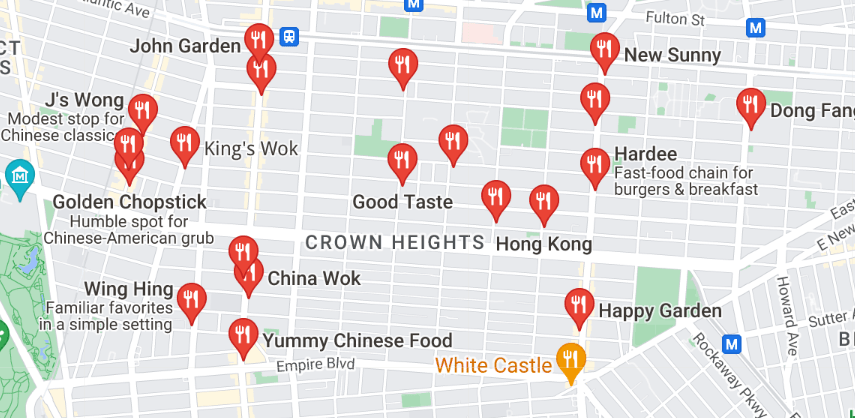Global Asia begins with the recognition that mobile connectivity and interaction have always shaped human living environments: inside those spaces of mobility, people have constructed all kinds of territorial containers. Today’s national states are novel containers carved into mobile spaces that have expanded in scale and impact over many centuries. National boundaries that organize area studies obscure the world of mobility in which we live and limit our ability to grapple with real world problems. The current pandemic has made that all too obvious. We need other ways to study our mobile world.
Toward that end, NYU Global Asia highlights Asia’s spatial temporality, focusing on the dynamics of changing Asian spaces over time. We focus much of our work around port cities, which serve us well as connective nodes in networks of mobility stretching inland and overseas, and spanning the globe, after 1500. NYU also lives in Global Asia port cities, where we draw on perspectives, input, and interests from students, colleagues, and neighbors in New York, Shanghai, and Abu Dhabi, each with its own mix of peoples and spatial and temporal frames for culture. politics, and learning.
We have had the honor of receiving two three-year grants to fund our work from the Henry Luce Foundation. We divide our Luce funds evenly among our three campuses. We thus devote two thirds of the funding to research and teaching by and for people who live in Asia’s oldest spaces of port-city connectivity, spanning the Indian Ocean and South China Sea; and we study New York City as a Global Asia port in America. That spatial framing precludes an America-centered view — in fact, any conventional view — of Asia. Ancient mobility connects Shanghai and Abu Dhabi with Europe and Africa, and mobility sailed around the world to include New York, after 1500. Our port city perspectives bring Asia’s vast spatial temporality center stage in studies of today’s global conditions. Asia is a product and engine of very long-term globalization.
Our first Luce grant (2018-2021) developed our “Port City Environments” project theme by fostering collaboration across fields in the humanities, social sciences, digital arts, and environmental studies; we brought together faculty and students with diverse, inclusive, multi-sited, multicultural, and multi-disciplinary perspectives. Our second Luce grant (2021-2024) is subtitled “Research and Pedagogy to Redesign Asian Studies,” because we are focusing on a collaborative production of a Global Asia curriculum.
We began work on this second stage of our Luce grant work at our annual conference in Abu Dhabi, in January, 2020; and in March, the pandemic forced all our work online, into virtual spaces that we are populating with digital resources for a three-campus NYU Global Asia curriculum and for open-access use by teachers, students, and researchers anywhere. We are creating a growing digital collection of inter-linked studies covering topics ranging from migration to trade, cultural mingling and exclusion, inequity and discrimination, ethnic and transnational politics, empires, religion, pandemics, technological change, changing natural environments, and more.
Details of Stage Two activities on each campus, as we presented them to the Luce Foundation, in 2021, are described below. They promise to redesign studies of Asia with diverse Global Asia perspectives, experiences, interests, research, and productivity. The evolution of our program in Stage Two will appear on our websites.
New York.
Our broad theme is “Mobility, Migration, and Territorialism.” We will use funding from Luce, from NYU, and from other sources to generate new undergraduate and graduate courses and open-access online research and teaching materials. We organize our work in three overlapping ways.
- The Global Asia Colloquium will continue to meet on Fridays, 4-7pm, featuring presentations by colleagues involved in the development of our individual projects, for open discussions to generate collaborative conversations and ideas for future work. Meetings can be in-person, blended (in-person+webinar); and wholly on Zoom.
- Workshops will generate research publications and incubate courses, with a series of small meetings, online and in person, based on Colloquium participation. First meetings yield research projects with plans to produce online research publications and/or course syllabi. Participants have one year to finalize their product. A new workshop will feature undergraduates, in partnership with Global Liberal Studies, Our favorite online publication venue is the Oxford University Press Online Encyclopedia of Asian History (OREAH), with our Center Director, David Ludden, as Editor in Chief.
- Course development grants enable NYU faculty teams to hire graduate student assistants to help develop new courses. Two projects are now underway. One includes three History faculty who offer team-taught graduate and undergraduate courses on “Early Modern Empires,” embracing Ottoman, Safavid, Mughal, Ming/Qing empires and Portuguese, Dutch, and English overseas expansion. This course is the first of its kind; it will be supported, following our initial Luce investment, by the Dean for Humanities. A second course development project, launched by a graduate student, will produce a course on Black Lives Matter in Global Asia perspective; it informs our first two workshops and is supported by the Senior Vice President for Global inclusion.
Shanghai.
Our theme is “Port Cities and Coastal Environments: Connections, Sustainability, and Heritage Making in Global Asia.”
The NYU Shanghai research group has focused on circulations among port cities across the Indian Ocean, on links between port cities and hinterlands, and on the internal composition and socio-cultural and politico-economic dynamics within port cities. This has resulted in workshops and publications on nodes of convergence, multifaceted entanglements, and circulations of human beings, animals, plants, and ideas. The aim has been to examine mobile and multilayered connections, networks, circulations, and routes of exchange that course within the life worlds of port cities and beyond them, into their hinterlands and to distant localities.
In addition to continuing this research, we will develop two related facets of port cities and coastal environments as case studies. The first relates to the Belt and Road Initiative (BRI) of the People’s Republic of China (PRC) and the second traces the state and corporate obfuscation of social, economic and ecological landscapes and laboring lives on India’s Coromandel Coast. We also explore issues of heritage making intertwined with these facets of port cities.
Focusing on the analysis of various BRI “nodes” such as Gwadar (Pakistan), Sihanoukville (Cambodia), and Hambantota (Sri Lanka), and the coastal region of eastern Africa, our multidisciplinary group will investigate political, cultural, economic, and environmental implications of the BRI in port cities and Indian Ocean coastal regions. This not only includes an evaluation of port infrastructure and economic development projects, but also archaeological initiatives and exhibitions associated with the “Maritime Silk Road.” Working with Jinan University in Guangzhou and the independent think tank Intellisia, we will foster scholarly collaboration, student cross-institutional interactions (with a particular focus on Chinese exchanges), and further research on the BRI. We will foster intellectual exchange between scholars in Shanghai in southern coastal China (Guangdong-Fujian) with Summer Schools (in 2023 and 2024) and a joint workshop on Port Cities and BRI. Regarding archaeological and heritage-making, we will collaborate with Zhejiang University to create a digital platform to study the ways the BRI is transforming notions of heritage.
We will collaborate with the French Institute in Pondicherry, India, to examine the effect of development projects in the Coromandel Coast on coastal communities, the environment, and heritage making. We will develop alternative archival practices to offer scholars and community leaders access to voices either unrepresented or erased from normative archives. We also hope to examine the historical heritage of the Coast being preserved for tourism. We will build a digital archive juxtaposing photographs, travelogues, and colonial reports with present-day maps and images of development projects and heritage sites on the Coromandel coast. Putting the past and present into a dialogue, the digital archive foregrounds continuities in the ways past and present images of the coast reinvent relationships between social space and natural space on the Coast.
We are currently developing two course modules on topics related to Global Asia: “Mongol Asia and its Legacy,” a course taught at both New York and Shanghai in Fall 2020; and BRI and Global Asia. The research outlined above is designed to generate new courses, add content to the course modules, and publications to further the study and teaching of Asia.
Abu Dhabi
Global Asia at NYU Abu Dhabi will engage in research and curricular development on the subject of “Anthroforming Asian Environments: Equity and the Reconfiguration of Developmental Pathways.”
Environmental justice, or equity more broadly conceived, will be a more salient theme in international relations in coming years, not only because of climate change but also because of what we have learned from Covid about environmentally vulnerable communities across the globe. The question of climate change responsibility is now integral to all global conversations about development. China’s Belt and Road Initiative is raising challenging new questions about global environmental sustainability, outsourcing ecological instability, and justice and equity in resource use and conservation. The Asian Infrastructure Investment Bank promises another shift in the influence in developmental models and trajectories from the so-called Western “capitalocene” to still less well understood developmentalist alternatives in Asian states that are having a pronounced environmental impact. Each model provides notions of how environmental equity is to be assessed and adjudicated, presenting growing potential for strain in US-China relations. New research and new ways of channeling research findings into pedagogical contexts is thus needed to provide a foundation for careful assessment of public discourse about historical and contemporary resource use, on which policy decisions and the potential for international agreement will hinge.
Our work on the environment responds to interests and concerns among students, faculty, and scholars in the UAE and the surrounding region for whom climate change and rising seas represent challenges for science, policy, and our very survival. We started working with the NYUAD Center for Global Sea Level Change with a panel on glacial change, sea level rise, and water resource management in Asia. We have now partnered with the NYUAD environmental humanities initiative, eARThumanties, and seek to develop additional relationships with the newly established NYUAD Water Research Center, and the Arts and Humanities research “kitchen” on “The Anthropocene: Urbanization, the Environment and Sustainability.” (See attachments #20-21)
- Research workshops will cultivate and develop entries for the OREAH and for a projected 2-volume print OREAH spin-off, Encyclopedia of Asian Environmental History (EAEH). Progress is underway in our webinar series on “Coastal and Island Environments in Monsoon Asia,” with panels on “Long Rivers, Deep Histories,” and “Belts and Roads in Environmental Perspective.” (Attachment #14) Subsequent workshops will focus on the follow themes, each based on a planned section of the EAEH: “Conservation and Extinction” (Spring 2022); “Spatial and Temporal Units of Analysis for Asian Environmental History” (Spring 2023); and “Environmental Equity and Transboundary Water Politics” (Spring 2024).
- Course Development. Our faculty, researchers, and students will continue to develop courses on the following schedule: “Melting Mountains: Geopolitics, Climate Change, and Ecology in the Greater Himalayan Watershed” (Fall 2021); “Coastal and Island Environments in Monsoon Asia” (Fall 2022); “Unearthing Xinjiang: Crossroads of Archaeology and Geology in Historical Perspective” (Fall 2023). The first two of these courses have a direct and clear connection with the NYUAD research theme of Athroforming Asian Landscapes, while third makes a more direct connection to the research and curricular development at NYU Shanghai on the BRI.

 LONG ISLAND CITY IS A HOTSPOT: Nicole Hong, “Inside the N.Y.C. Neighborhood With the Fastest Growing Asian Population,” New York Times, Oct. 18, 2021. Updated Oct. 19, 2021 NEW YORK CITY is also Hub and transit point for migration elsewhere, e.g. New York State, where Asian populations are growing faster in many other cities. REF: Linying He, “State of Change: Asian Populations Transform New York.”
LONG ISLAND CITY IS A HOTSPOT: Nicole Hong, “Inside the N.Y.C. Neighborhood With the Fastest Growing Asian Population,” New York Times, Oct. 18, 2021. Updated Oct. 19, 2021 NEW YORK CITY is also Hub and transit point for migration elsewhere, e.g. New York State, where Asian populations are growing faster in many other cities. REF: Linying He, “State of Change: Asian Populations Transform New York.” Blue pins point to high Asian population percentage cities. The orange pin is to the highest Indian concentration in New Jersey. The RED pins on THIS GOOGLE MAP are to high Asian concentration neighborhoods in New York City.
Blue pins point to high Asian population percentage cities. The orange pin is to the highest Indian concentration in New Jersey. The RED pins on THIS GOOGLE MAP are to high Asian concentration neighborhoods in New York City. 


 LONG ISLAND CITY IS A HOTSPOT: Nicole Hong,
LONG ISLAND CITY IS A HOTSPOT: Nicole Hong, Blue pins point to high Asian population percentage cities. The orange pin is to the highest Indian concentration in New Jersey. The RED pins on
Blue pins point to high Asian population percentage cities. The orange pin is to the highest Indian concentration in New Jersey. The RED pins on 
